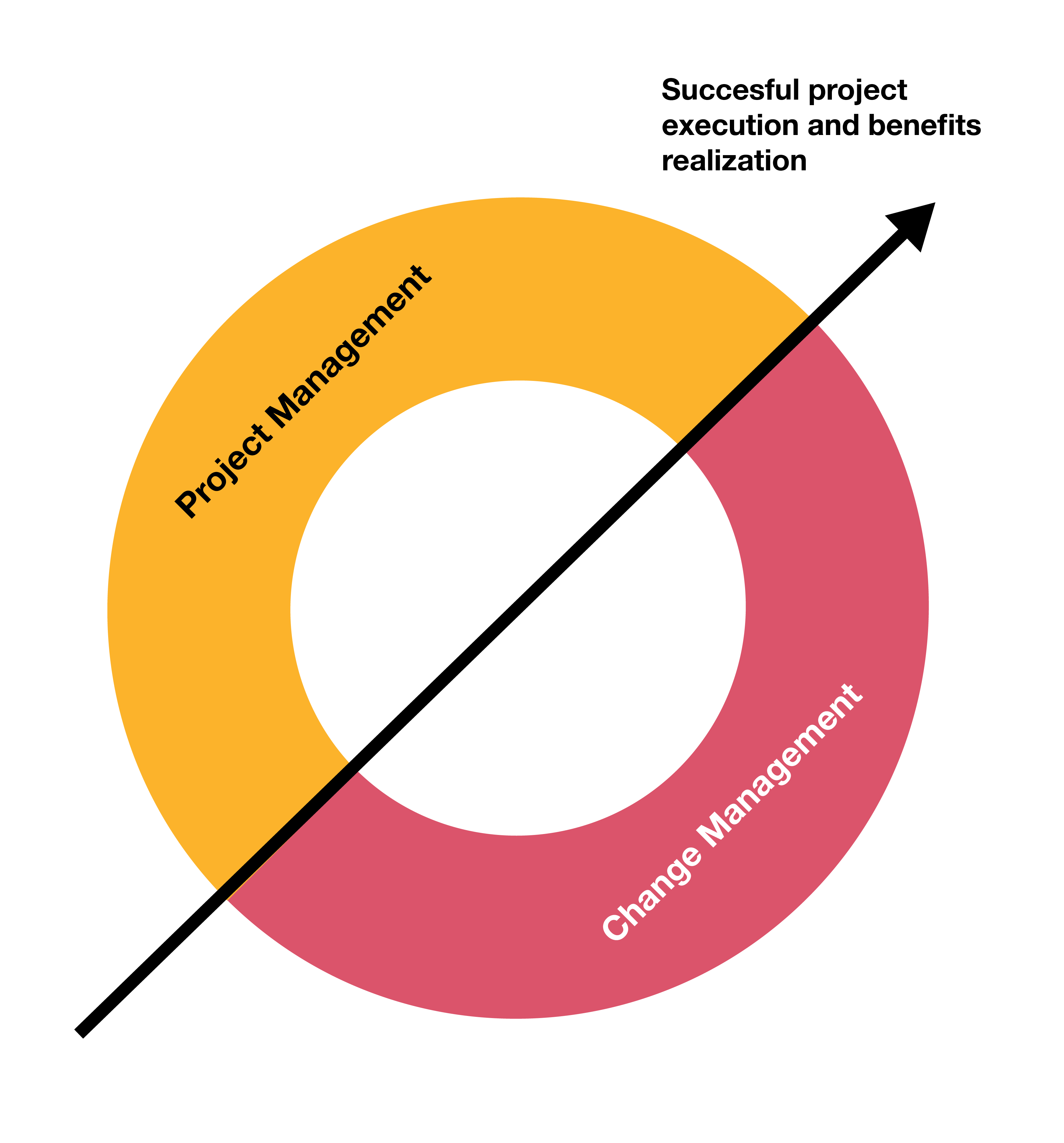The Middle East public sector has witnessed remarkable change in the last decade. Government institutions across the region have evolved and transformed, improving service delivery with a focus on addressing the needs of their citizens. Additionally, governments across GCC have revamped their strategic national visions, tasked with a clear outcome to deliver. These national transformations have resulted in significant holistic changes, impacting all stakeholders involved, including government institutions themselves.
Accordingly, the purpose of this publication is to explore:
Common themes of change fueled by national transformations throughout the region
Several countries have reconsidered the role of government, encouraging some to restructure, merge, and create new institutions that would carry out mandates in line with their respective national vision. This undoubtedly requires existing government institutions to completely rethink the design of their operating model, organisation structure, technology and data, and processes. Furthermore, many government institutions have recognised the importance of adopting a performance-based culture, and thus workforce productivity has become a new imperative for the public sector.
Such attempts at government restructuring require significant change management efforts to ensure the organisation and its employees transition in the least disruptive manner, meeting the intended objectives.
Several countries have recognised the importance of sustainable economic growth as part of their national strategies. For KSA and UAE, this means diversifying their economy to increase non-oil dependent revenues and transforming alternative sectors to boost GDP and overall economic growth. For countries like Bahrain, it will mean becoming less reliant on government spending to seek economic growth through the private sector.
The concept of sustainability has also filtered down to government institutions - through cost-cutting initiatives to alleviate their financial burdens as well as generating new revenue streams to become financially self-sustained. This represents a mindset shift for government institutions that traditionally rely on government funding. This can be augmented by change management activities aimed at embedding the concept of sustainability across the ways that people work, while also upskilling them with the right competencies to drive financial sustainability initiatives across the organisation.
Privatisation remains a key focus area in the region. Several countries have revised the mandate of some government institutions to focus on legislative and regulatory roles, while involving the private sector in operations and service delivery. Benefits to privatising operations and service delivery can result in reducing costs while increasing service quality. For example, one of the Vision Realisation Programs (VRP) under KSA’s Vision 2030 is dedicated to unlock state-owned assets ripe for privatisation. The VRP aims to identify and evaluate over 100 multi sector privitisation opportunities and execute those most viable through a variety of privatisation models. Furthermore, there have been efforts to coporatise government institutions and transform them into state-owned entities that operate with a private sector mindset. In 2013, the KSA Government established Matarat Holding and began the process of transitioning the Kingdom’s 27 airports and air navigation services from the General Authority of Civil Aviation to the newly established holding company.
While the concept of privatising government institutions and services has great benefits, the reality is that the employees must engage in a tailor made change management programme to prepare them for the major culture shift from moving from a public sector institution to a private sector entity.
Embedding the ‘people element’ into strategic national transformation is key.

KSA’s National Transformation Program includes initiatives that aim to improve the quality of services provided to citizens, increase women’s participation in the labor market, improve the working conditions for expatriates, provide labour market opportunities for people with disabilities and improve the productivity of government employees.

In the UAE, several policies and initiatives were adopted that focus on developing emiratisation programmes and advancing the areas of education, health and quality of life, providing the highest levels of community wellbeing, as well as the significant support offered to citizens and residents contributing to the country’s development.

In Qatar, a key pillar of its national strategy is dedicated to human development, with a focus on improving education and healthcare systems, and increasing cultural awareness and employment opportunities for nationals.

In Kuwait, one of the key pillars of its national strategy includes improving the quality of education and increasing enrollment capacity in higher education, supporting and empowering the youth, caring for people with disabilities and integrating them in the workforce.
Government institutions have started to evolve their digital capabilities, enabling them to fulfil their role in achieving their respective national strategies. For example, KSA has embedded digital transformation as one of the objectives of its National Transformation Program, with an aim to further develop its e-government services. Enabling digital transformation requires change programmes to encourage buy-in, ownership and commitment of stakeholders.
The role of change management in enabling transformation
As the need to ramp up project management capabilities that support national transformations took centre stage for many government institutions, the need for change management capabilities began to surface as well. This became evident as some government institutions faced challenges in carrying out programs and initiatives that fed into the broader national vision, despite being enabled by sophisticated project management practices and digital tools. In such cases, the root cause is often a lack of sufficient focus on change management activities rather than ineffective project management.
The role of change management is to collaborate with project management activities by addressing the human dynamic element in managing programs and initiatives, and dealing with “people” barriers to ensure sustainable results.

Key considerations for change management in the context of institutional transformations
While government institutions are becoming increasingly pressured to evolve in ways that enable them to emerge as key contributors achieving the national strategy, such transformations will often fail in the absence of a well-orchestrated change management plan or activities.
Several considerations must be made by government institutions undergoing transformation and wide-scale change, such as:
Benefits:
- Focuses the organisation on the overall vision and the intended benefits of the transformation
- Enables effective sponsorship and communications
- Enables cross-functional collaboration
Suggested activities:
- Collaborate among leaders to align on the change vision, based on the objectives and requirements of the transformation
- Involve all relevant stakeholders when identifying the detailed scope, objectives and milestones of the transformation
Benefits:
- Aligns leaders on the vision and expected results
- Manifests leaders as supporters and advocates of the transformation
- Sets the tone for the transformation, which serves as a barometer for others to follow
Suggested activities:
- Build leadership’s capabilities to drive the transformation
- Facilitate a session with senior executives to attain a common understanding of the business case for the transformation
- Create a leadership action plan to ensure leaders are engaged and aligned throughout the transformation
- Provide periodic updates to leadership
Benefits:
- Identifies beneficiaries of the transformation
- Identifies stakeholder groups which would require extensive engagement
- Engages stakeholders and builds buy-in and commitment
Suggested activities:
- Identify key stakeholder groups and individuals and determine their level of influence and impact
- Review employee engagement survey results to gain a deeper understanding of stakeholders’ issues
- Identify potential change leaders as well as resistors to change
- Develop a stakeholder engagement plan that supports the transformation
Benefits:
- Identifies how the transformation will impact each stakeholder in more specific terms (change to processes, new systems, new roles and responsibilities, etc.)
- Identifies risks to be mitigated
- Identifies obstacles / pockets of resistance and considers ways to address them
- Provides a view on the readiness of the organisation and its people to undergo the transformation
Suggested activities:
- Understand structural, process and technology changes to the organisation
- Conduct interviews, surveys and focus groups to evaluate the readiness of various stakeholders to undergo the transformation
Benefits:
- Creates change ambassadors who are well-acquainted with employees
- Provides access to employees at all levels and improves the flow of communication
- Allows for direct gauging of employee sentiment and reactions
- Allows for quick identification of resistance to change and consequent escalation
Suggested activities:
- Select change agents and provide training on change management fundamentals and change leadership
- Equip change agents with the necessary content to familiarise them with the transformation
- Conduct regular meetings to review progress on the execution of the change management plan
Benefits:
- Reinforces employees’ understanding of and support to the change, and motivates them to adapt and learn
- Reduces the degree of resistance to change
Suggested activities:
- Build a communication strategy that supports the transformation
- Design a detailed communication plan for the transformation
- Craft key messages and develop communication material and supporting content
- Develop a mechanism to measure communication effectiveness
- Deliver communications through multiple channels
Benefits:
- Reinforces employees’ understanding of the changes resulting from the transformation and why upskilling is required
- Equips employees with the necessary skills that allow them to adapt to the outcomes of the transformation
- Facilitates employee buy-in and support
Suggested activities:
- Identify the target audience that need to be upskilled
- Liaise with relevant functions to ensure that training is being delivered and its impact is being measured
Benefits:
- Ensures that knowledge is transferred to the relevant employees
- Reinforces the change and supports the realisation of benefits of the transformation over a sustained period
- Supports in sustaining the change
Suggested activities:
- Develop a knowledge transfer approach and action plan that targets key stakeholders impacted by the transformation
- Link performance management system to rewards and recognition
- Measure adoption effectiveness through surveys and performance reviews
Conclusion
The theme of change that is impacting the public sector in the Middle East region has a far-reaching impact across a variety of stakeholders and is triggering transformations across many government institutions. While project management is a crucial factor in driving such institutional transformations, change management is the critical enabler that focuses on ensuring buy-in from and commitment of stakeholders to support the transformation.
Integrating change management and project management practices together can lead to achieving successful and sustainable transformations for the future, a key lever to enable a smooth journey for all parties involved.










